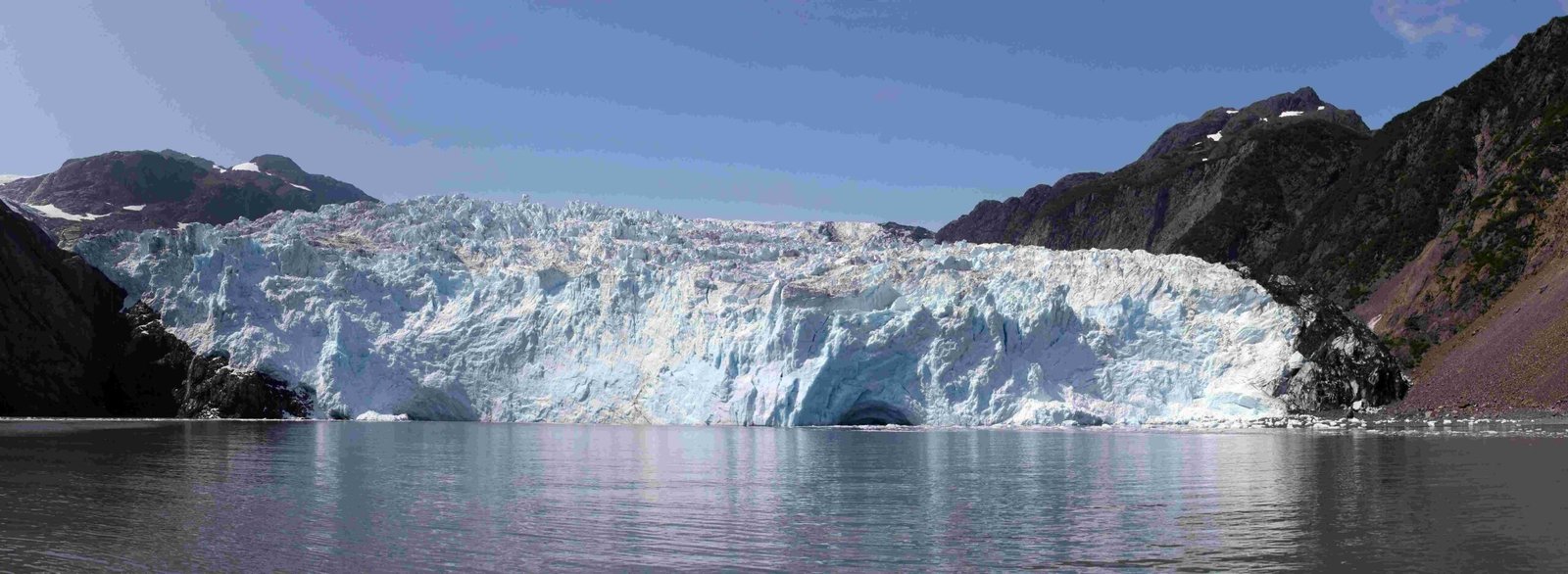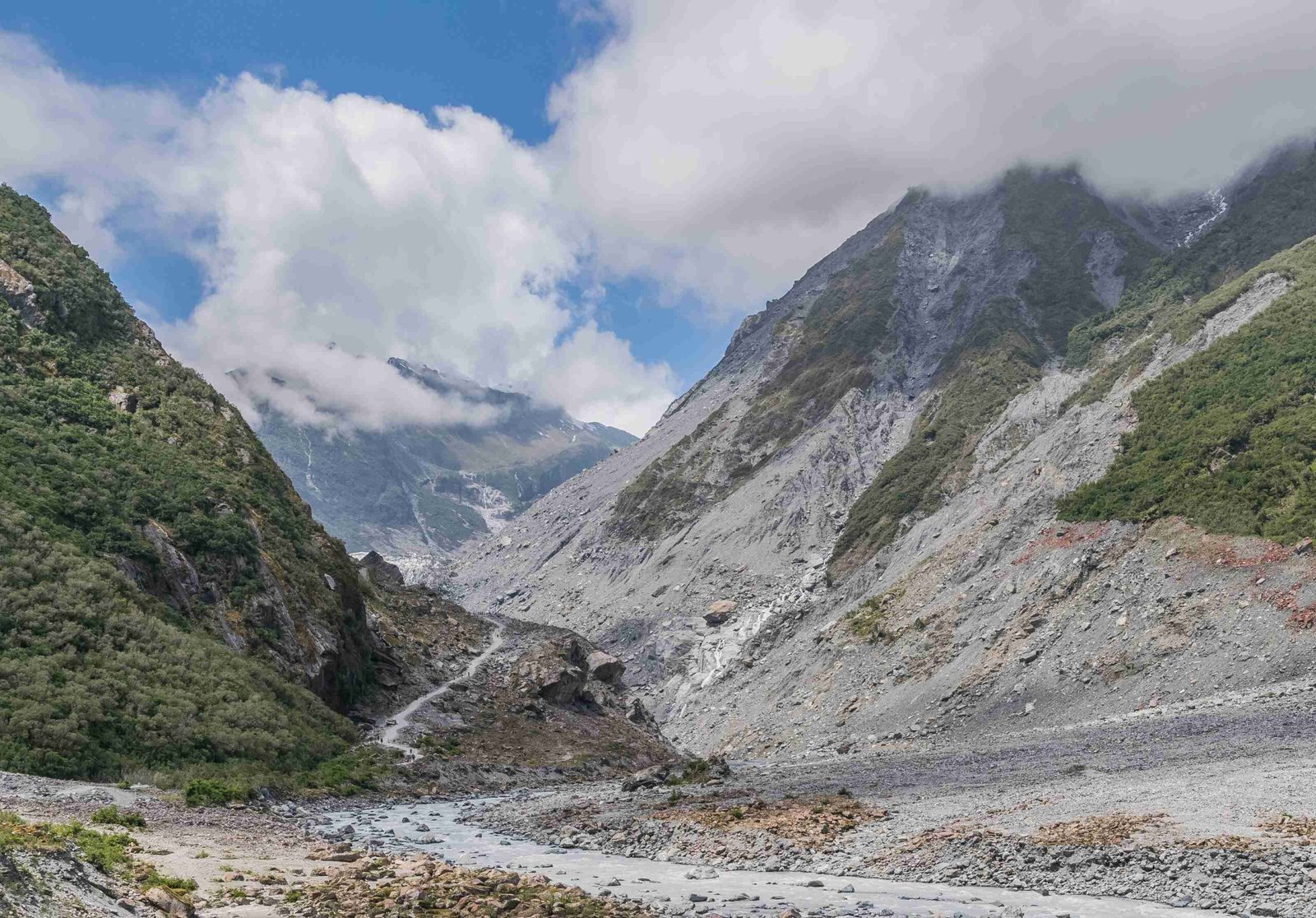Glacier National Park employs comprehensive reseeding strategies following fire events to restore native ecosystems. These efforts focus on using native plant species, implementing precise seeding techniques, and monitoring recovery progress. The park’s approach combines natural regeneration with active restoration methods, addressing soil health, vegetation recovery, and wildlife habitat restoration. This article explores the park’s reseeding techniques, fire recovery methods, and the measurable impacts of recent fires on the park’s ecosystem.
What Are the Key Reseeding Techniques Used in Glacier National Park After Fire?

Glacier National Park employs several reseeding techniques following fire events as part of its ecosystem restoration strategy:
- Native Plant Species Selection:
- Focus on fire-adapted species like lodgepole pines
- Include ponderosa pine, western larch, and Douglas fir
-
Prioritize species that can survive or benefit from fire
-
Seeding Rates and Timing:
- Determined based on ecological objectives
- Consider the condition of the burned area
-
Typically implemented in the growing season following the fire
-
Pre-planning and Consultation:
- Conduct plant surveys to identify species of special concern
- Consult with natural resource specialists
- Develop protection objectives for soils and other resources
The park’s approach ensures that reseeding efforts align with the natural fire regime and support the long-term health of the ecosystem.
How Does Glacier National Park Implement Fire Recovery Methods?

Glacier National Park uses a multi-faceted approach to fire recovery and ecosystem restoration:
Burned Area Emergency Rehabilitation (BAER)
- Deploy BAER teams to assess damage
- Install erosion-control devices
- Cover bare soil to prevent movement
- Promote rapid revegetation
Monitoring Protocols
- Track changes in soil health
- Observe vegetation recovery
- Monitor presence of sensitive or listed species
Innovative Practices
- Use low-intensity prescribed fires
- Collaborate with stakeholders like US Fish and Wildlife Service
- Adjust management strategies based on monitoring results
Success Metrics
| Metric | Description |
|---|---|
| Native Vegetation | Recovery of indigenous plant species |
| Soil Stability | Reduction in erosion and soil movement |
| Wildlife Habitats | Return and health of animal habitats |
| Mitigation Effectiveness | Success of erosion control and other measures |
These comprehensive methods ensure a holistic approach to fire recovery, addressing both immediate concerns and long-term ecosystem health.
What Are the Measurable Impacts of Recent Fires in Glacier National Park?
Recent fires in Glacier National Park have had several observable impacts on the ecosystem:
- Changes in Species Composition:
- Increase in fire-adapted species like lodgepole pines
-
Short-term decline in some species, followed by gradual recovery
-
Soil Health:
- Increased risk of erosion, especially on steep slopes
-
Mitigation through erosion-control devices and rapid revegetation efforts
-
Recovery Timelines:
- Vary based on fire severity and ecological conditions
- Areas treated with prescribed fire often recover within a few years
- Severe fires may require longer recovery periods
These impacts highlight the complex interplay between fire events and ecosystem dynamics in the park.
What Ongoing or Upcoming Programs Address Fire Recovery in Glacier National Park?
Glacier National Park and its partners have initiated several programs focused on post-fire ecosystem restoration:
Wilderness Restoration Projects
- Supported by Glacier National Park Conservancy
- Involve wilderness rangers conducting:
- Hiking patrols
- Bear activity monitoring
- Implementation of restoration projects
Climate Action Strategy
- Indirect support for ecosystem resilience to fires
- Focuses on:
- Reducing emissions
- Adapting to climate change
Volunteer Opportunities and Educational Workshops
- Engage public through:
- Educational workshops on fire ecology
- Guided tours highlighting restoration efforts
- Volunteer programs supporting ecosystem recovery
These programs demonstrate the park’s commitment to involving the public in its restoration efforts and educating visitors about the role of fire in the ecosystem.
How Does Glacier National Park Balance Natural Regeneration with Active Reseeding?
Glacier National Park employs a balanced approach to post-fire recovery:
- Natural Regeneration:
- Allow fire-adapted species to recover naturally
-
Monitor areas for signs of spontaneous regrowth
-
Active Reseeding:
- Implement in areas with high erosion risk
-
Focus on native species that may struggle to reestablish naturally
-
Adaptive Management:
- Adjust strategies based on monitoring results
- Combine natural and active approaches as needed
This balanced approach ensures that the park’s ecosystems recover in a way that mimics natural processes while addressing urgent restoration needs.
What Role Does Climate Change Play in Glacier National Park’s Fire Recovery Strategies?
Climate change significantly influences Glacier National Park’s fire recovery strategies:
- Increased Fire Frequency and Intensity:
- Adapt reseeding techniques to more frequent fire events
-
Select plant species resilient to changing climate conditions
-
Altered Growing Conditions:
- Adjust timing of reseeding efforts to match shifting seasonal patterns
-
Consider drought-tolerant species in reseeding plans
-
Long-term Planning:
- Incorporate climate projections into restoration strategies
- Focus on creating resilient ecosystems capable of adapting to future conditions
The park’s fire recovery strategies are evolving to address the challenges posed by a changing climate, ensuring long-term ecosystem health and resilience.
How Does Glacier National Park Involve the Public in Fire Recovery Efforts?
Glacier National Park actively engages the public in its fire recovery efforts through various initiatives:
- Educational Programs:
- Offer workshops on fire ecology and ecosystem restoration
-
Provide guided tours of recovering areas
-
Volunteer Opportunities:
- Involve visitors in reseeding projects
-
Organize community clean-up events in fire-affected areas
-
Citizen Science:
- Encourage public participation in monitoring recovery progress
-
Collect data on plant regrowth and wildlife return
-
Public Outreach:
- Share information about fire recovery through social media and park publications
- Host community meetings to discuss restoration plans and progress
These efforts not only support the park’s recovery initiatives but also foster public understanding and appreciation of fire’s role in ecosystem health.
By implementing these comprehensive strategies and involving the public, Glacier National Park ensures effective reseeding and ecosystem recovery following fire events. The park’s approach balances immediate restoration needs with long-term ecosystem health, adapting to the challenges of climate change while preserving the unique biodiversity of this iconic landscape.